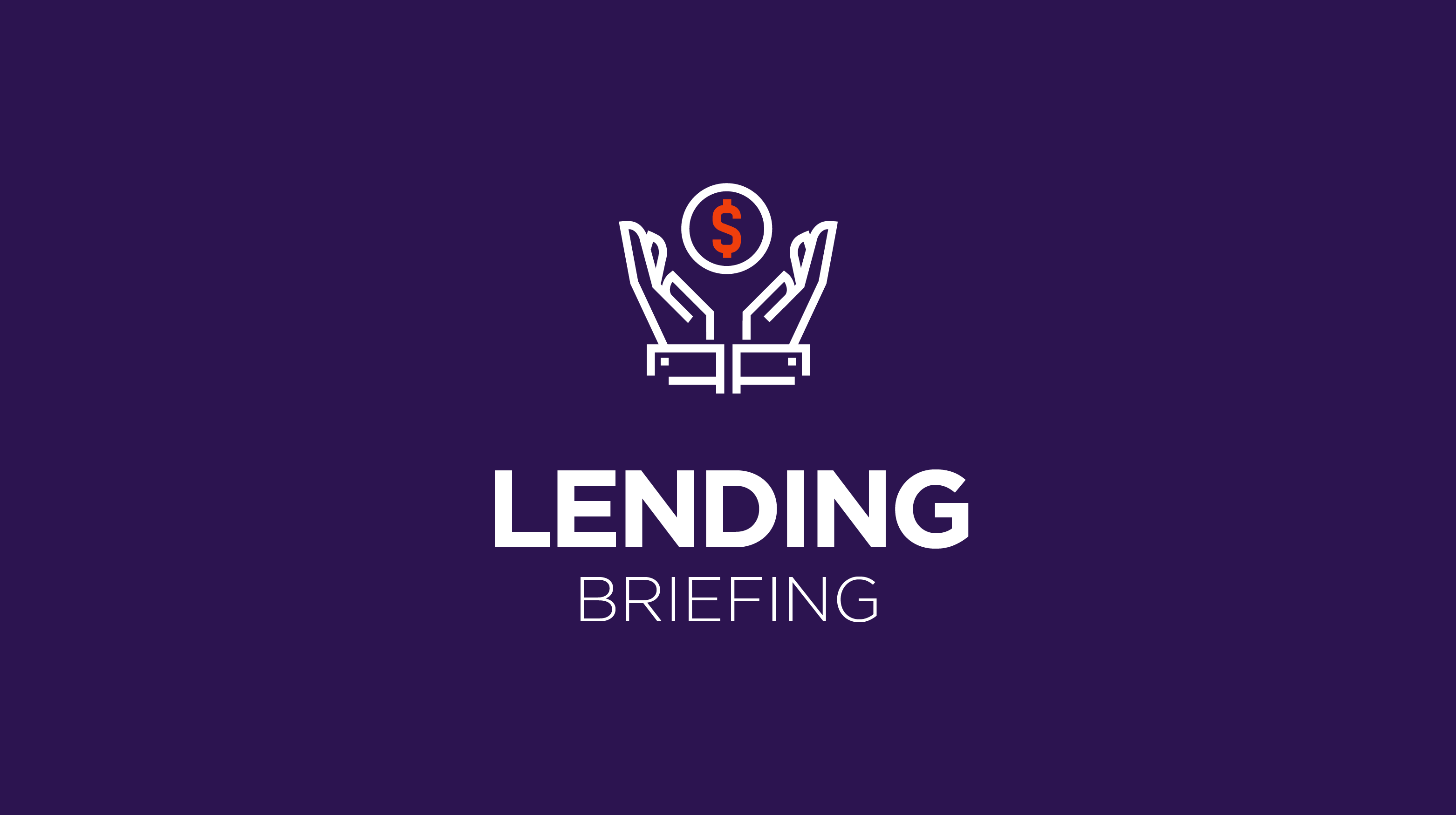Member Exclusive, Online Lenders
Lending Briefing: BNPL regulation and the growing digital lending market
- The BNPL market needs more regulatory oversight in order for consumers to be protected, new research suggests.
- The fast-growing BNPL industry exists in a legal gray space and mostly consists of subprime borrowing, and pure players are yet to demonstrate profitability.









